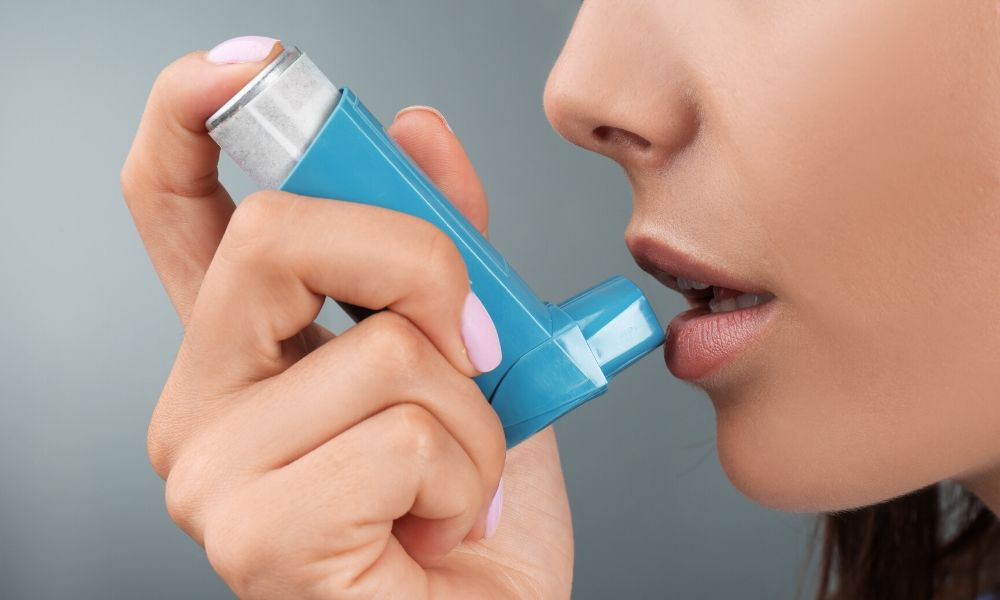PCOD is a condition in which the ovaries contain many immature or partially mature eggs. They, eventually, turn into cysts. The ovaries usually become enlarged in this problem and secrete large amounts of androgens that cause havoc with the woman’s fertility and her body. Some of the common symptoms are irregular periods, abdominal weight gain, male pattern hair loss and infertility.
To simplify, ovaries are reeling under pressure and feeling the brunt of the disturbances in our body and generally not functioning at their peak efficiency. When someone is having PCOD, they will not know that they are affected by PCOD.
PCOS is a hormonal disorder that affects millions of women. All bodies need both “male” and “female” hormones to work right, but a woman with PCOS has too much of the male kind. This creates problems with your ovaries: You might have irregular periods or no periods, and you could get cysts in a “string of pearls” pattern. PCOS is also a common cause of infertility. The ovary produces a higher quantity of the male hormone and stops the release of egg leading to anovulation (opposite of ovulation).
PCOS means that the disturbances which are created during PCOD are now no longer just in the ovaries but are also manifesting in other parts of the body as acne and body hair etc. Syndrome is like a set of symptoms that we can see because of the disturbances in our body.
It is important to understand the difference between PCOD & PCOS
PCOS is a serious condition. PCOD is not considered a disease as with correct diet and exercise schedule, the situation improves. PCOS is a metabolic disorder.
PCOD is more common. Almost a third of the women around the world suffer from PCOD. PCOS has a lower number of patients.
PCOS has serious complications. Women who suffer from PCOS are at risk of developing diabetes, high blood pressure cardiac-vascular issues, obesity, and even endometrial cancer.
PCOS is visible early in life. Girls who suffer from PCOS show symptoms of the disease since their teenage years. Acne, excessive hair growth and weight gain are apparent from a younger age due to metabolic disturbances.
Those with PCOD don’t have significant fertility issues. With a bit of medical help, they conceive successfully. Women who suffer from PCOS, on the other hand, struggle with infertility. They even have higher rates of miscarriages.
Those with PCOD can still ovulate regularly. The women who have PCOD may have similar symptoms as PCOS, but they retain the ability to ovulate periodically and thus, can conceive successfully. However, those with PCOS do not ovulate due to a severe hormonal imbalance that disturbs the process of ovulation.
HealthySpan‘s team of Health Consultants help you identify the underlying issue of this disorder. Our Specialists also assist in lifestyle transformation to help you cope with the condition in an effective way.





















